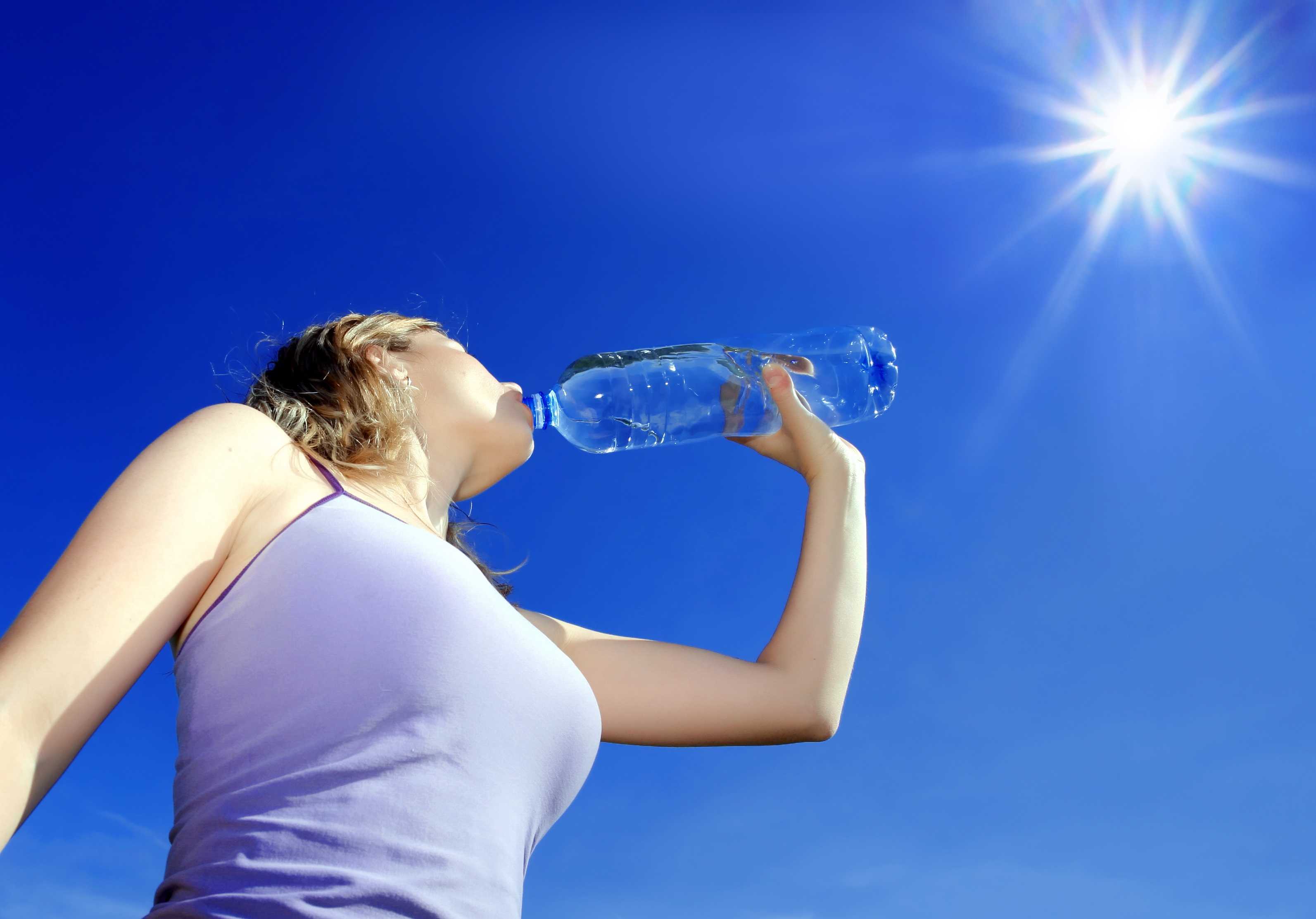STANFORD (CALIFORNIA) – Snowmelt trickles down from the starkly beautiful peaks of Yosemite into the valley below. Once in the Hetch-Hetchy reservoir, the melted snow is transported hundreds of miles across a complex system of pipes, and then sanitized. You grab a cup, turn on the faucet and those drops of water finally reach their destination – your mouth.
The mountains that supply our tap water have the kind of picturesque purity that bottled water companies use to market their water (think remote island springs or high mountains). Yet many people don’t drink tap water. Most people who favor buying water will insist, “but bottled water tastes better!” Bottled water is typically marketed as more pristine, tastier and healthier.
Students for a Sustainable Stanford recently decided to put this notion to the test. Volunteers conducted blind taste tests at various dining halls around campus, offering 131 random students tastes of two unlabeled cups of water. One cup contained bottled water, and the other contained tap water that came from kitchen or bathroom sinks.
A decisive majority preferred the taste of the tap water, a finding that shocked many participants after they realized that the water they liked best was not bottled. Only 31 percent of participants favored the taste of the bottled water, and 14 percent had no preference. The other 56 percent chose the tap water.
This should come as no surprise, because about a quarter of the bottled water purchased from stores comes from municipal water sources. In other words, it is tap water. Other times, bottled water comes from sources like aquifers or groundwater reserves, which is exactly where a lot of tap water comes from. In the United States, tap water is, in fact, held to higher safety standards than bottled water.
Tap water is also more sustainable – it uses far fewer resources in its production and results in far less waste. Producing a typical bottle of water will consume 2,000 times more energy than producing the equivalent amount of tap water. A plastic liter-sized water bottle requires ⅓ liters of water and ⅓ liters of oil to produce. Even though bottles are recyclable, most bottles just end up in landfills or in the ocean. In the United States, only five percent of plastic water bottles are actually recycled.
This means that 30 million water bottles end up in the landfill every day, where they won’t biodegrade for thousands of years. Recycling is a good alternative to the landfill, but the process of recycling still takes lots of energy. We should strive to eliminate plastic water bottles from our lives altogether where possible.
We have a great privilege here at Stanford to have access to such safe and reliable water. Even within California, there are communities that lack available running water due to the drought. Ironically, bottled water companies like Nestle are also making the drought worse – and violating local communities, including Native reservations – by taking water from California for bottling on expired (and potentially illegal) permits.
However, we have clean, available tap water at our fingertips in any bathroom sink, kitchen sink or drinking fountain on campus. Currently, seven percent of the materials Stanford puts in landfills each year are bottles and cans, which is 1,168,060 pounds of material. This is the weight equivalent of 76 large elephants. Recycling bottles would reduce this number, but not buying bottled water in the first place eliminates the problem at its source.
Next time you think about paying $1.50 for a bottle of water, pause for a moment. Will that water actually taste any better than what you’d get from the sink? Probably not. And could you help the environment, and your wallet, by choosing tap water instead? Absolutely.


















